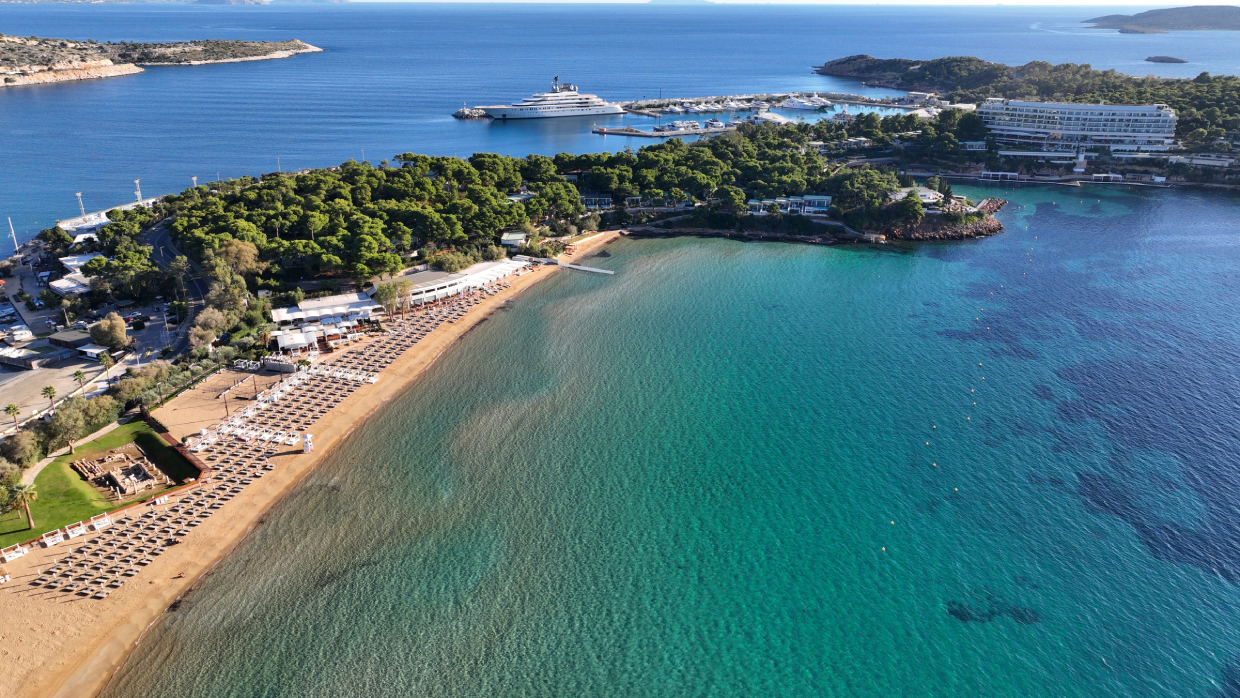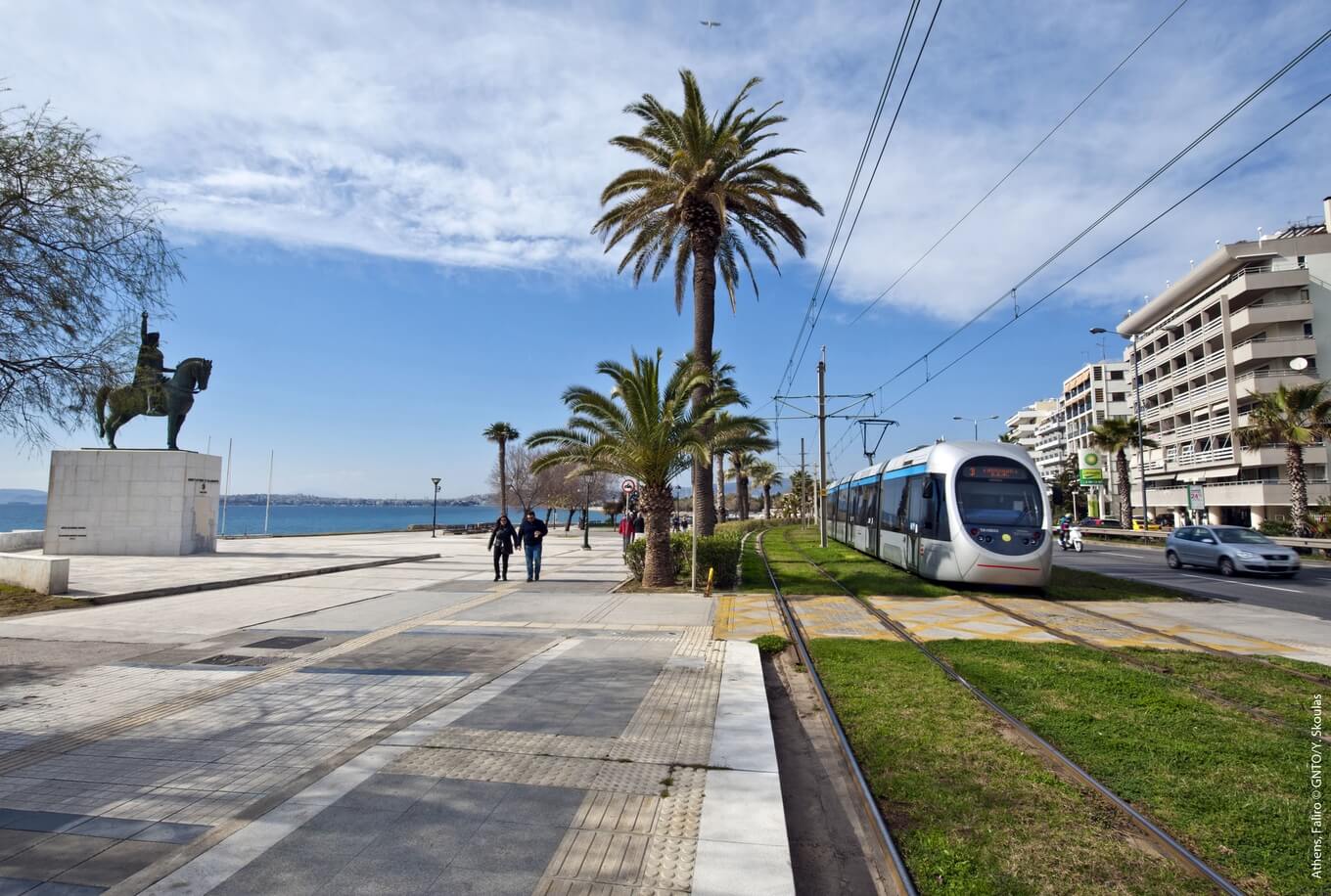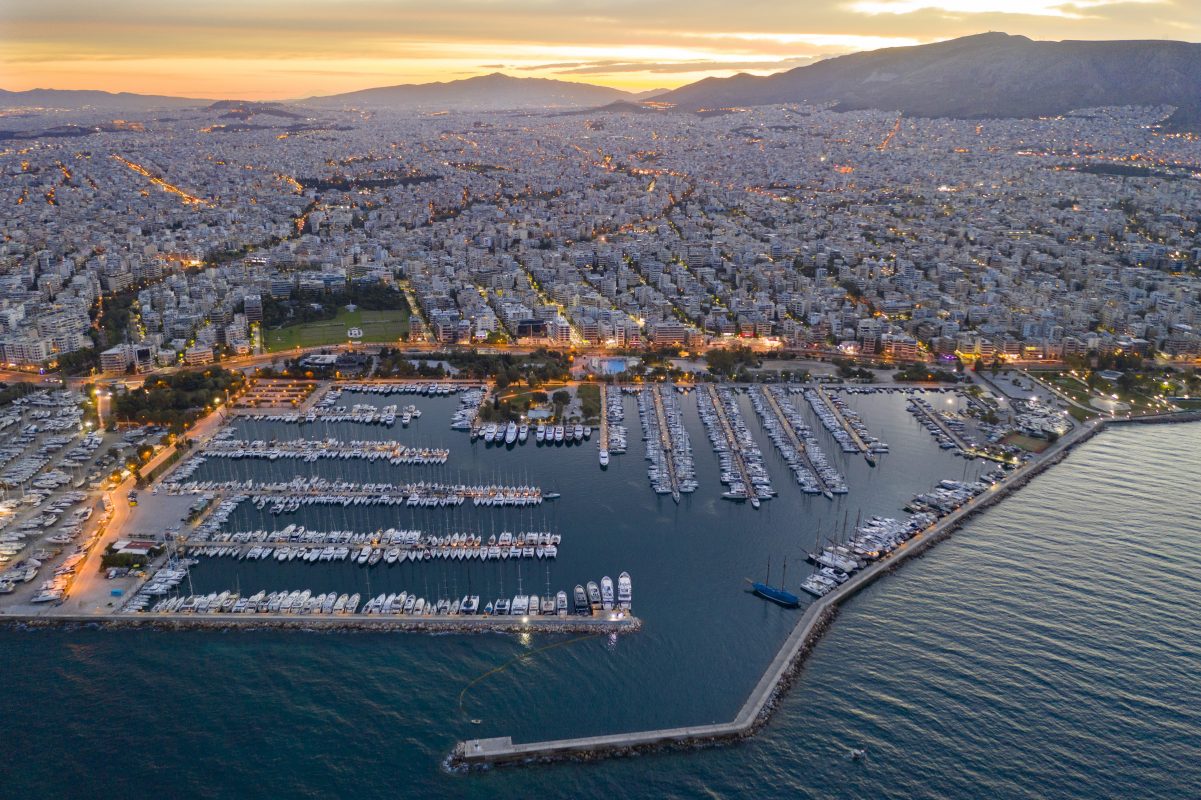Phaleron War Cemetary
Useful
Information
Neraida, Alimos 174 55, Greece
Informations
Address:
Neraida, Alimos 174 55, Greece
Phaleron War Cemetary
Its designer, as in most of the commonwealth’s cemeteries, was the French-Canadian architect Louis de Soissons. 2067 soldiers of the allied forces (British, Canadian, Australian, New Zealand, South African) were buried in this sloping area. Most of them buried there came from the operations of the Second World War and those last buried came from the battles in the former Yugoslavia. The clusters of graves are demarcated into four sections based on the origin of the dead. Between the sections, large flowered pergolas create a special character in the shape of the cemetery. Each monument consists of a small marble slab with the coat of arms of the country, the rank and the name of the soldier. A carved cross or star of David marks each one’s faith. For the fallen whose details have not been found, the phrase “God knows them” is engraved.
Low Attic plants are planted next to the slabs. The entrance to the cemetery is opened by a small building reminiscent of an ancient temple. The tall engraved plaques surrounding it contain the names and the military forces which the 2882 soldiers who fell in Greece have served but whose bones were never found. This composition constitutes the Athens Memorial and honors all the invisible soldiers of the Commonwealth who were lost in Greece. A Memorial in the form of a sarcophagus is located at the bottom of the “Athens Memorial”. The so-called “Stone of Remembrance” by the architect Sir Edwin Lutyens, the type of which is found in many war cemeteries around the world. Its symbolism is conveyed by the phrase: “Their Name Liveth for Evermore”. Its origin is from the Old Testament in Sophia Sirach where it says “Their bodies were buried in peace, and their name lives on for generations”.
At the bottom of the cemetery and at the top of the small hill is the “Cross of Sacrifice”. A large marble cross where on its front side a bronze sword can be seen pointing towards the ground. This composition is almost common in allied cemeteries. It symbolizes the Christian faith for the majority of the fallen, with the sword emphasizing their military status. From the top of the hill, you can easily see the Saronic Sea and its islands. A small cube-shaped monument can be seen on the eastern side. The ashes of the 74 dead Indian soldiers who participated in the Greek operations were placed there.







